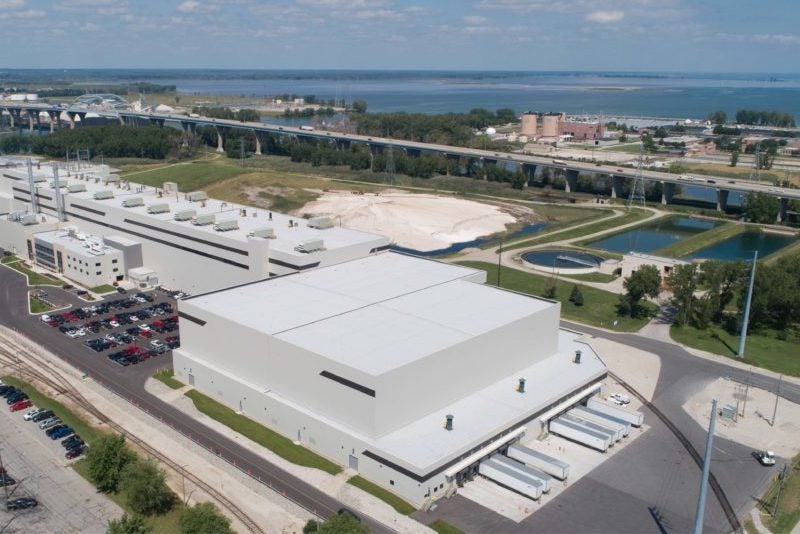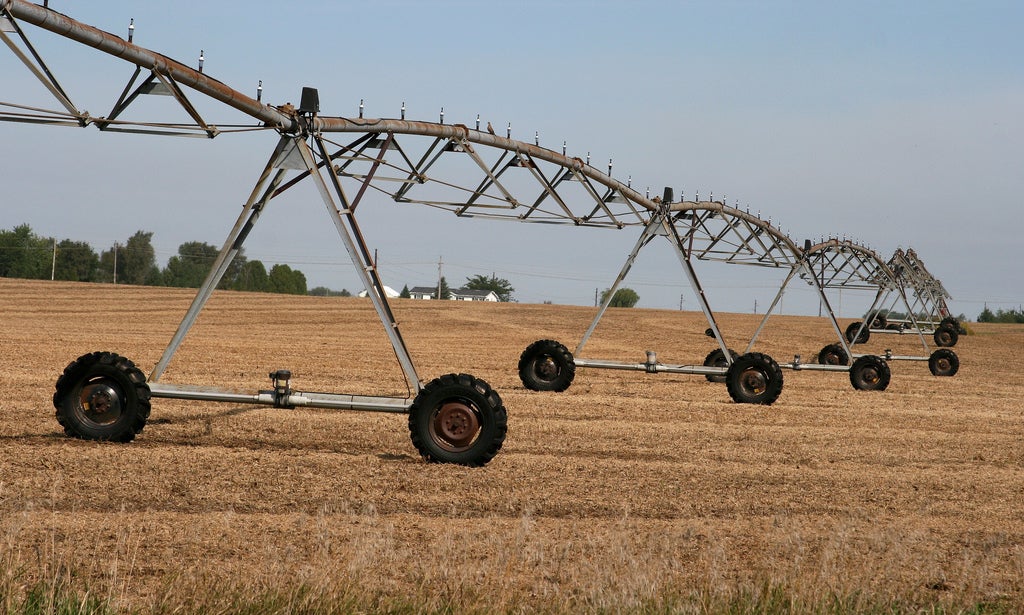While Green Bay is a national leader in paper production, the paper industry has left an environmental stain on the Fox Valley region and Lake Michigan.
But Wisconsin’s newest papermill, opened by Green Bay Packaging in 2021, is striving for a cleaner model. Last year, it was validated as a “net-zero” water user, meaning it has low consumption of water and returns the same amount of water it uses to the Fox Valley watershed.
Lisa Bauer-Lotto, the company’s corporate director of environment and sustainability, recently appeared on Wisconsin Public Radio’s “The Morning Show” to discuss the new mill.
Stay informed on the latest news
Sign up for WPR’s email newsletter.
“We look at designing to include the environment,” Bauer-Lotto said. “Sometimes that can be challenging, but we do put in energy efficiencies, and we also do water reductions and recycling on sites to reduce those footprints. We also internalize our scrap systems so there’s less particulate matter. So we do things to improve our footprint.”
The following was lightly edited for brevity and clarity.
Kate Archer Kent: Green Bay Packaging is in the midst of a growth and expansion. Why build new paper mills at a time when other mills are shutting down, especially here in Wisconsin?
Lisa Bauer-Lotto: Our company has been here since the ’30s…so the investment in the new mill was for our customer base and to be responsive to the market and provide the quality products for many more generations to come.
KAK: The new mill is a certified “net zero” water user. What does the certification mean?
LBL: (It) is a third party verification that our system is what we say it is.
KAK: Can you walk us through the process and what the proximity to the Green Bay Metropolitan Sewerage District means to this operation?
LBL: Our wastewater municipality, which is maybe about a half mile or quarter mile down the road, that was part of the logistics that provided this opportunity. It takes our water, and we have no intake or discharge directly to the Fox River.
When we send our discharge to them, we treat it with an anaerobic digester (first).
They’re actually sending water to us, and we are taking more than a million gallons a day (from the wastewater treatment plant). That helps us reuse. We take wastewater and further treat it to allow us to reuse it in the papermaking process instead of fresh water.
KAK: Is the system working as you intended? Have you encountered any challenges?
LBL: We’re the first to do this at a mill…the first validation of it in the world. And it is working. We have 30 percent less water per ton of product produced.
It also reduces our biological oxygen demand and suspended solids because of the efficiency of our on-site treatment and the municipality’s treatment. We have a probably 70 to 80 percent reduction of sediment that would otherwise go to the Fox River. So it is working.
Last year was our first full year and that’s where we can identify a lot of these achievements of measuring on a year-to-year basis.
KAK: You’ve talked about the paper mill becoming the first of its kind in the world for “net zero” certification. What does the standard mean for the future of the paper industry up and down the Fox River?
LBL: It provides the opportunity for people to replicate it. It may be at the same scale or smaller scale. When one does it, the others can look to see if the technology and availability for (their operations would) fit to do it as well.
Wisconsin Public Radio, © Copyright 2025, Board of Regents of the University of Wisconsin System and Wisconsin Educational Communications Board.

